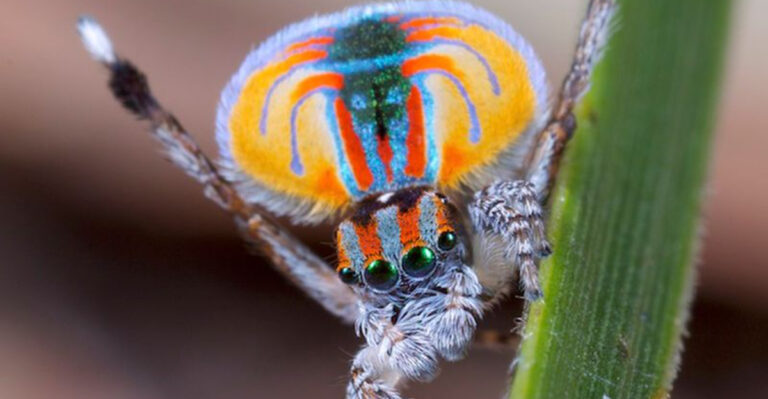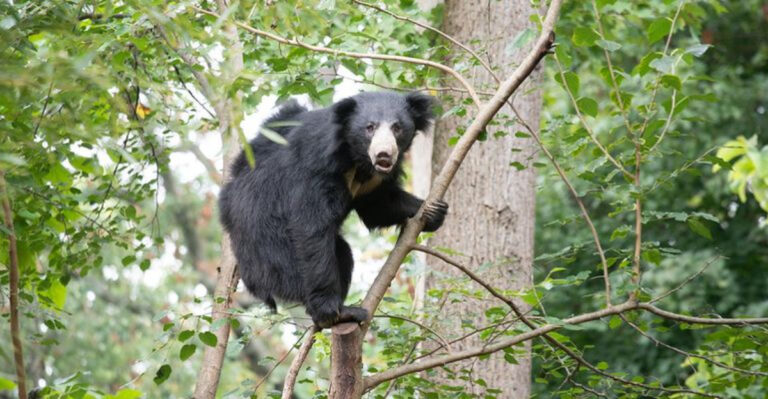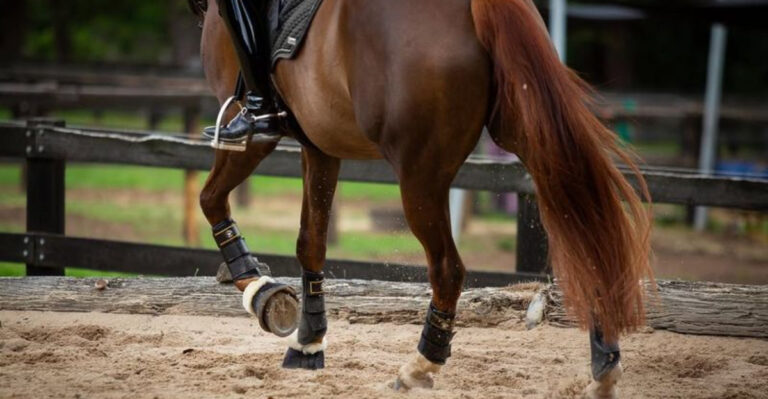The Silent Hunting Techniques Of The Snow Leopard In The Mountains
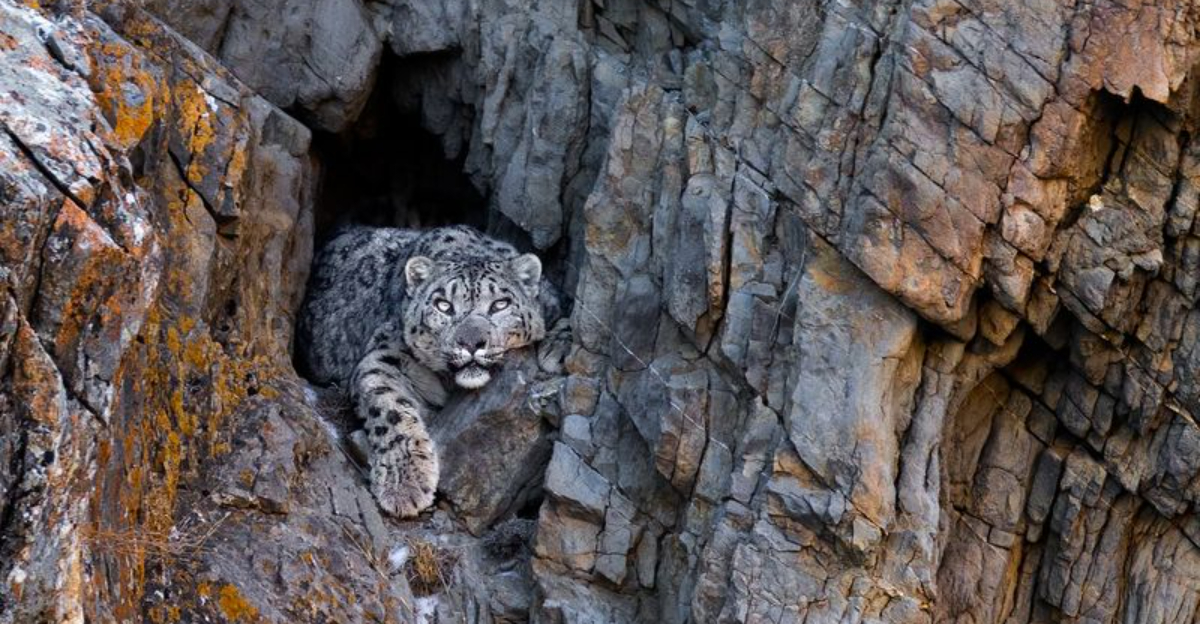
Imagine a ghost that moves through the highest mountains on Earth. That’s the snow leopard – a master of stealth and survival in some of the world’s harshest environments.
These elusive cats have perfected hunting techniques that make them nearly invisible to both prey and humans alike.
1. Paws Like Silent Snowshoes
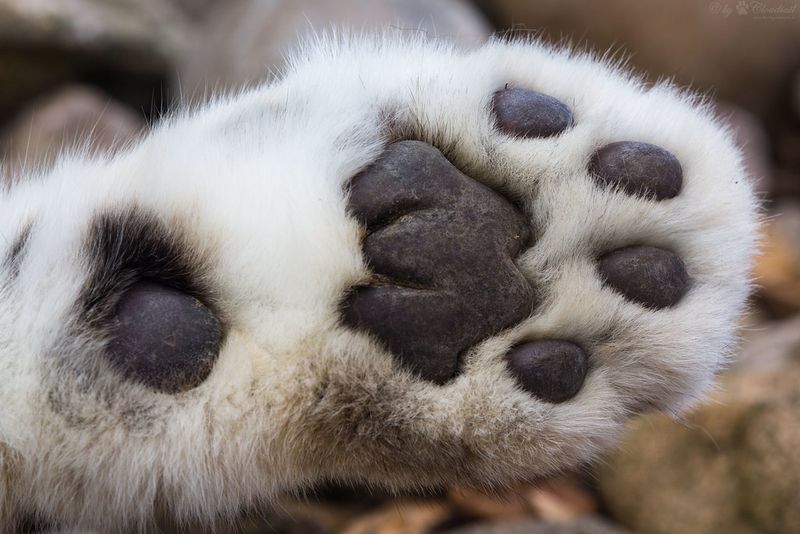
Equipped with oversized paws that work like natural snowshoes, these mountain phantoms distribute their weight perfectly when stalking prey.
The extra fur between their toe pads muffles sound and provides insulation against freezing ground. This special adaptation prevents them from sinking into deep snow while keeping their approach completely silent.
2. Masters Of The High Ground
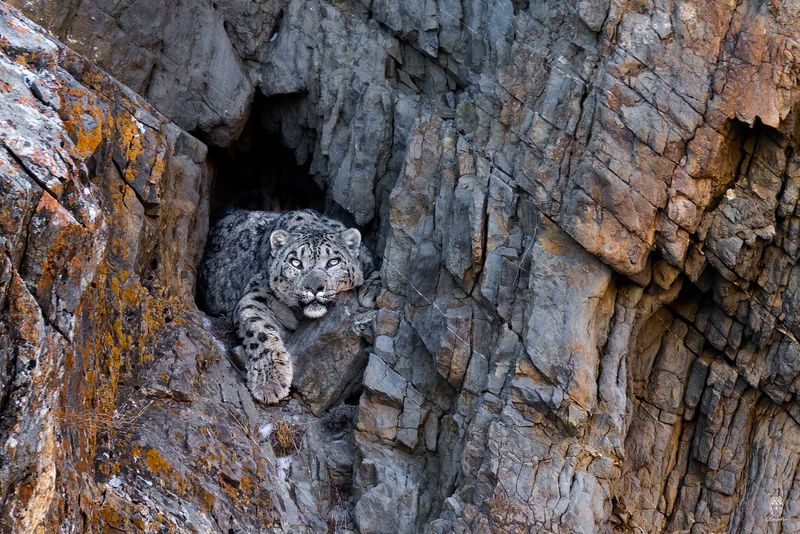
Unlike other big cats, snow leopards prefer attacking from above rather than chasing. Perched on rocky outcrops sometimes 45 feet high, they calculate the perfect moment to pounce.
Their incredible leap can cover distances of up to 50 feet in a single bound, creating an almost inescapable ambush for unsuspecting mountain goats and sheep.
3. Tail Balancing Act
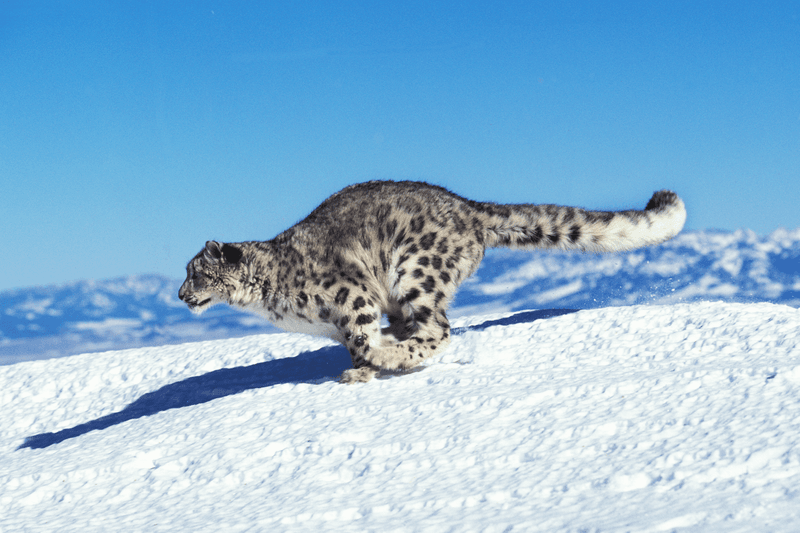
Ever seen a tightrope walker with a balancing pole? That’s essentially what a snow leopard’s tail does during hunts.
Stretching nearly as long as their body, this thick, fur-covered rudder helps them maintain perfect balance when leaping between rocks or making sharp turns at high speed. They’ll even wrap it around their bodies for warmth while resting.
4. The Camouflage Experts
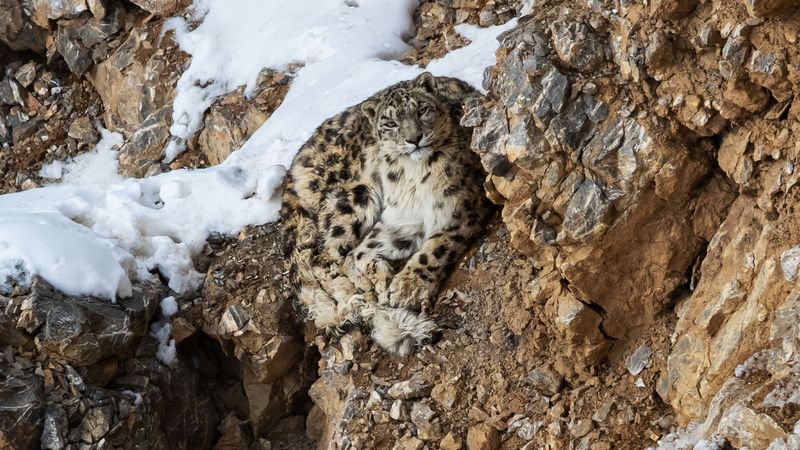
Against the rocky, snow-dappled landscape, their spotted gray-white coat creates perfect natural camouflage.
The pattern breaks up their outline so effectively that they virtually disappear against mountain backgrounds. Even researchers with high-tech equipment struggle to spot them in their natural habitat – imagine how difficult it is for prey animals with less sophisticated vision.
5. Twilight Hunters
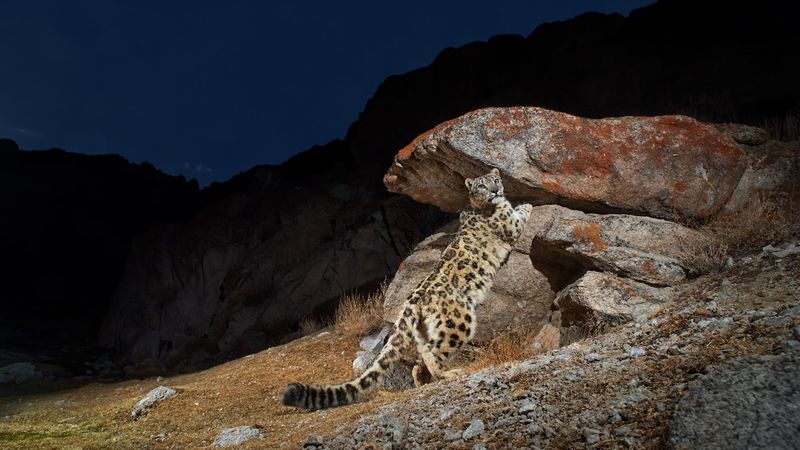
Dawn and dusk bring out these stealthy predators when light plays tricks on prey’s vision. These crepuscular hunters leverage the challenging lighting conditions when shadows lengthen and visibility becomes tricky.
Their exceptional night vision, supported by a reflective layer behind their retinas, gives them a significant advantage over their prey during these transitional hours.
6. Patience That Pays Off
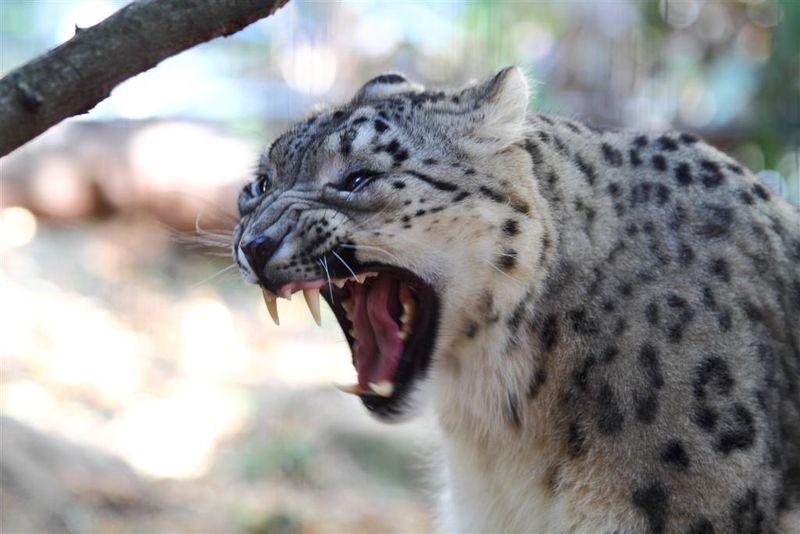
Imagine waiting motionless for hours in freezing temperatures – that’s a typical hunt for these mountain ghosts. Snow leopards will track prey for days, waiting for the perfect moment to strike.
This extraordinary patience is crucial in their harsh habitat where hunting opportunities are scarce. A failed hunt means starting the exhausting process all over again.
7. The Neck Bite Technique
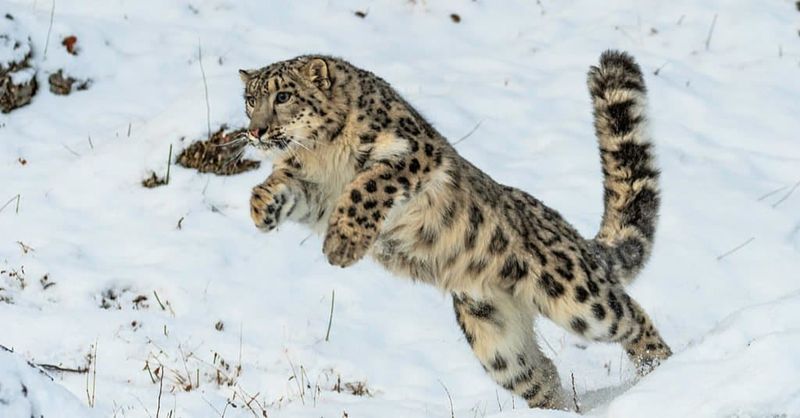
Quick and merciful describes their signature technique – a precise bite to the neck. Unlike some predators that cause prolonged suffering, snow leopards aim for a swift end by severing the spinal cord or suffocating their prey.
This efficient method conserves valuable energy and minimizes struggle in dangerous mountain terrain where a misstep could be fatal.
8. Powerful Mountain Jaws
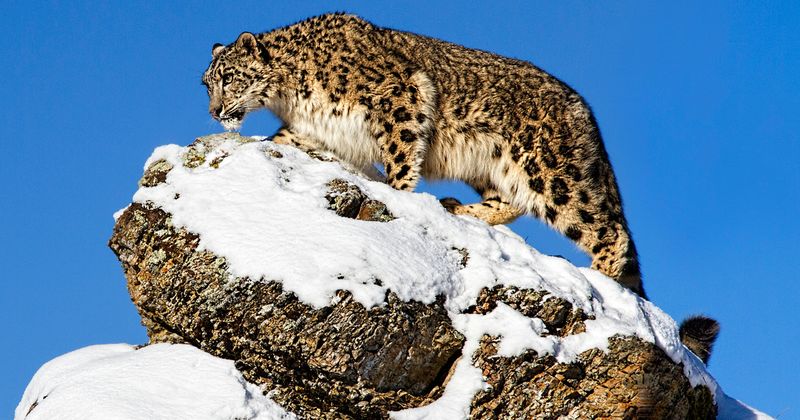
Few predators possess jaw strength proportionally matching these mountain hunters. Their specialized skull structure and powerful muscles can crush bones of animals twice their size.
This remarkable adaptation allows them to fully utilize their prey, consuming nearly everything including bones – crucial in environments where food is scarce and every calorie counts.
9. Solo Hunters By Nature
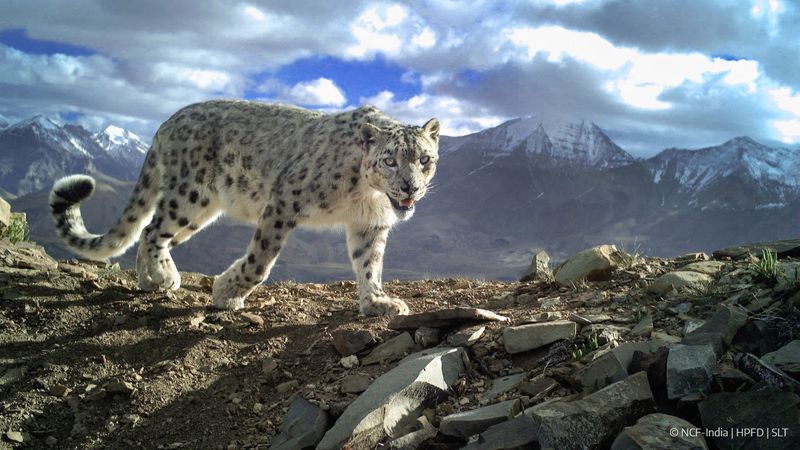
Unlike lions that hunt in prides, these mountain predators work alone in their silent pursuits. Their solitary hunting style perfectly suits the sparse mountain environment where prey is limited.
Each leopard develops its own hunting territory spanning up to 80 square miles – an area they patrol and defend against other leopards except during breeding season.
10. Dragging Prey Upward
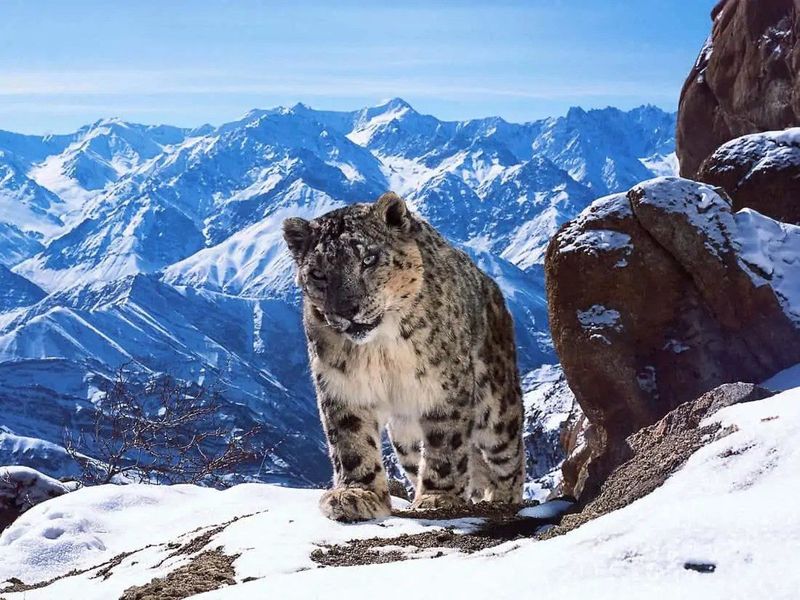
After a successful hunt, these powerful cats perform an astonishing feat – dragging prey uphill to hidden spots. A snow leopard can haul animals three times its weight up steep mountain slopes to secure feeding locations.
This incredible strength prevents scavengers from stealing their hard-earned meals and allows them to feed safely for several days on a single catch.

